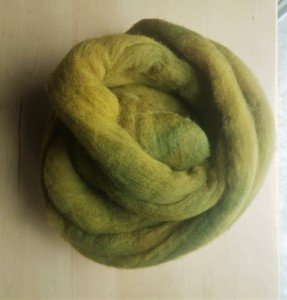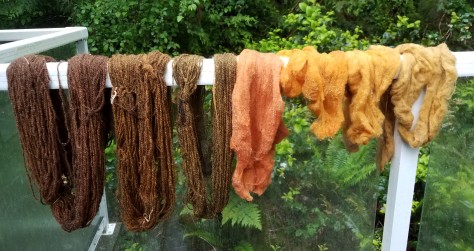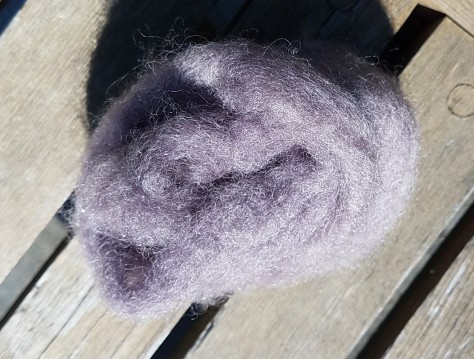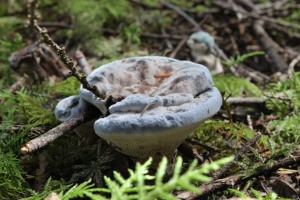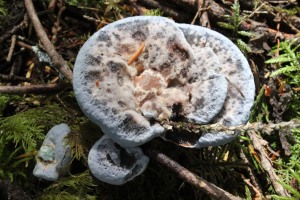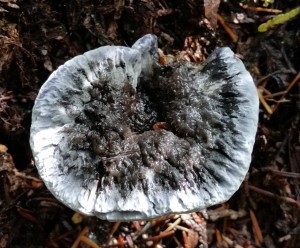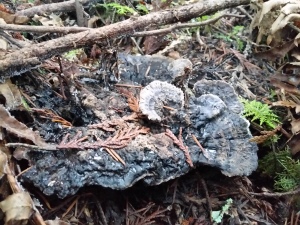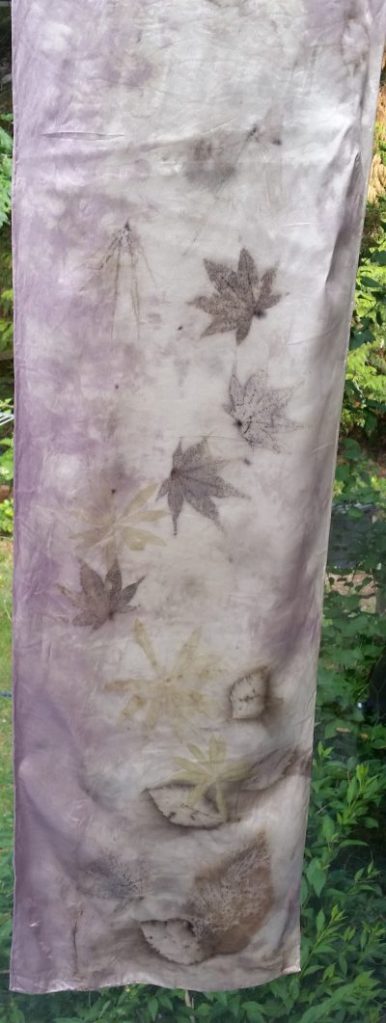Gentle readers:
It’s been far too long since I’ve posted about my dyepot adventures, primarily because it’s been far too long since our area (the temperate rainforest of coastal British Columbia) has had a good mushroom season.
While my surroundings are still very much a rainforest, at least through the winter and spring, summers have become consistently hotter and drier over recent years. Last year the autumn rains didn’t happen until late October, and the dye mushrooms were scarce, with a few species not appearing at all, when I used to find them in abundance.
The result of this has been a shift in my own creative work. Now I’m spending most of my studio time either making botanical prints, upcycling thrifted garments, or using combinations thereof.
I will never lose my love of mushroom dyeing, but with the shift of focus came the difficult decision to turn the printing rights over to someone I know will look after the book for years to come. When she is ready to announce that another printing of Magic in the Dyepot is available, I will announce the good news here.
In the meantime, I have genuinely enjoyed sharing my dyepot discoveries with you, and I hope I have inspired some of your own joyful discoveries.

